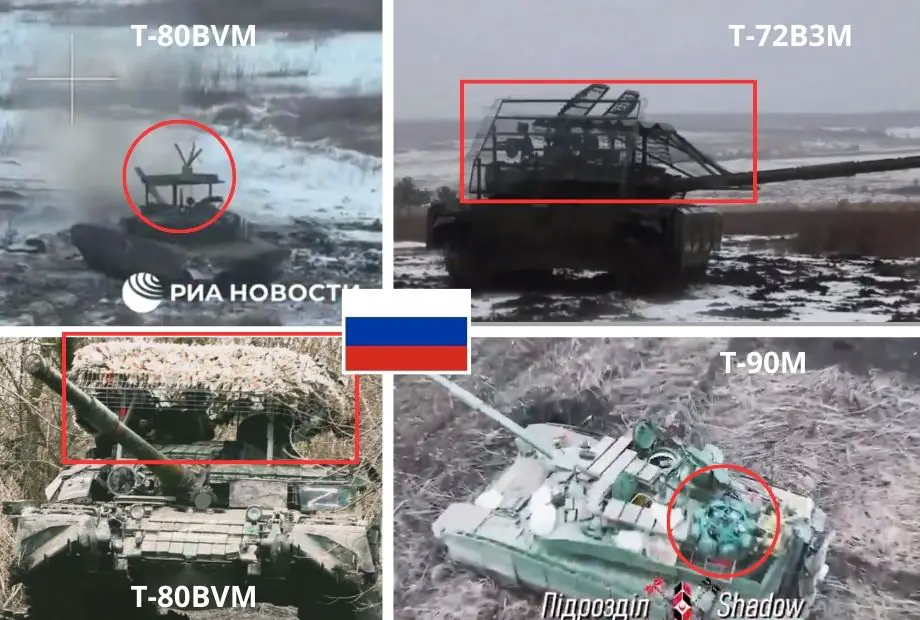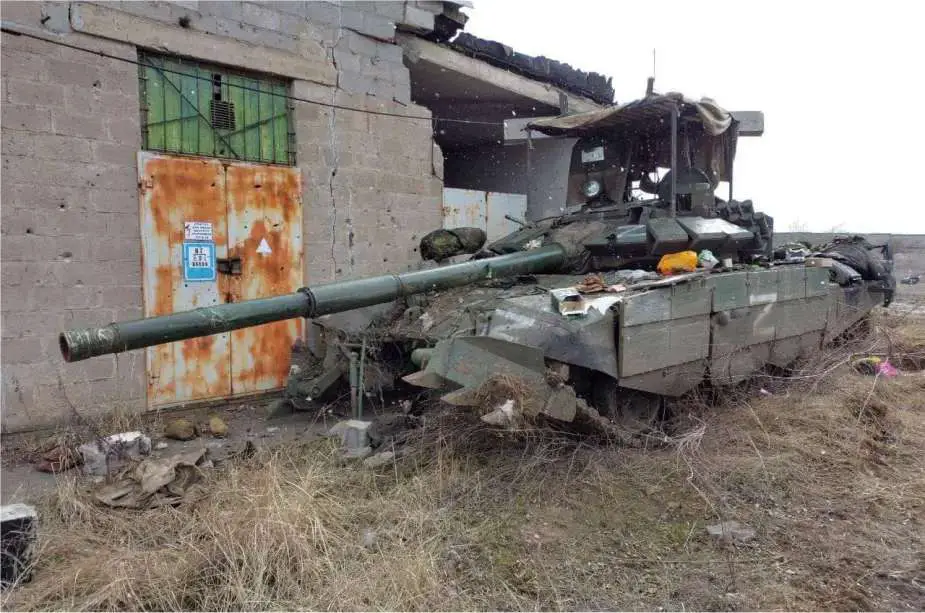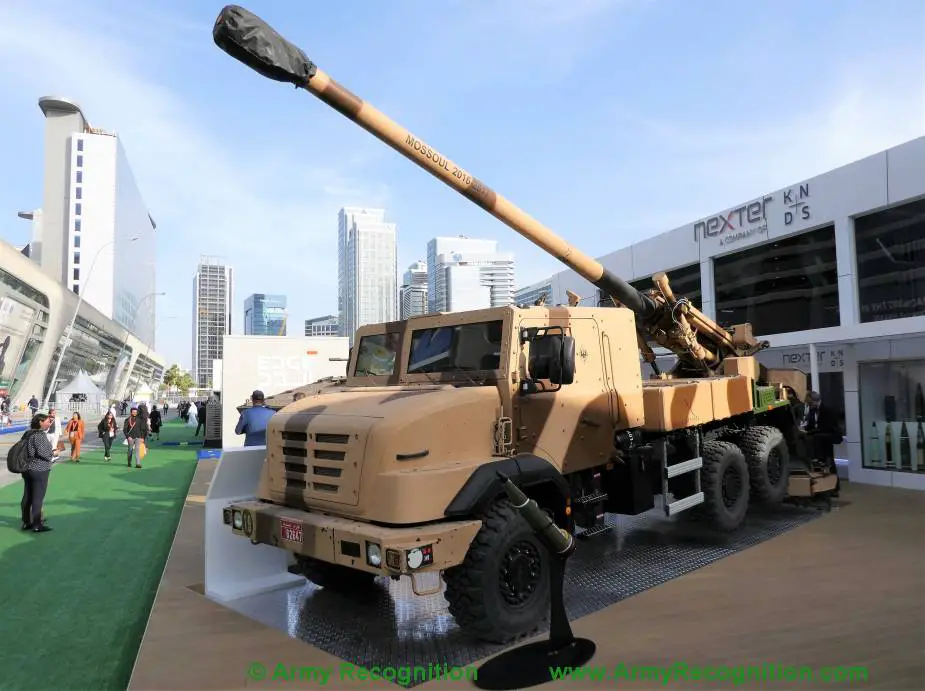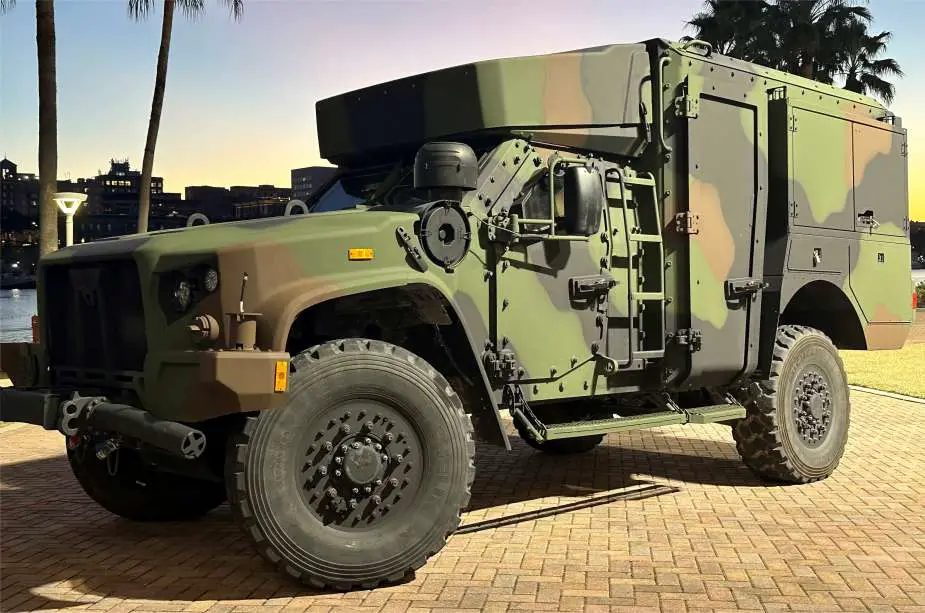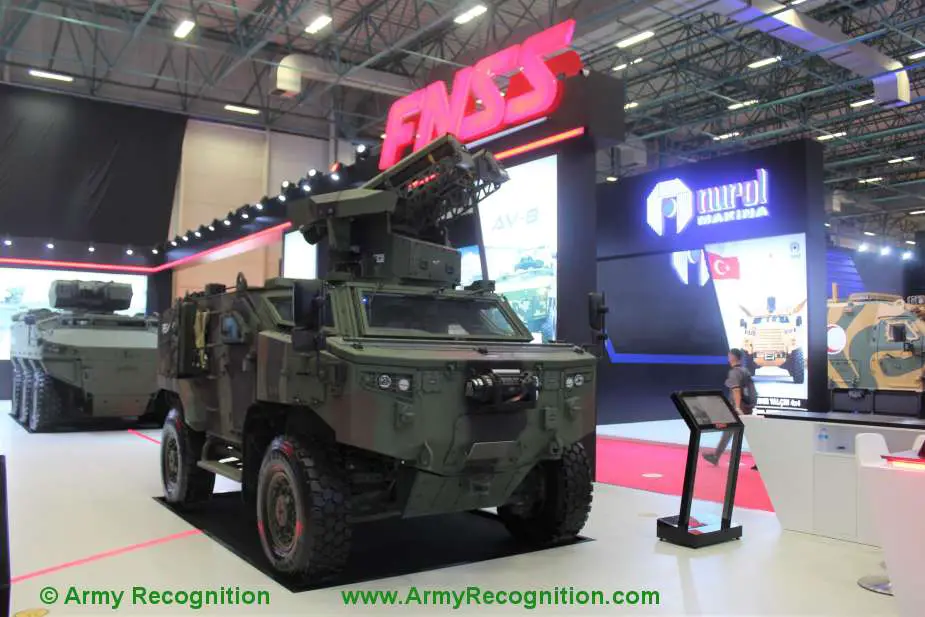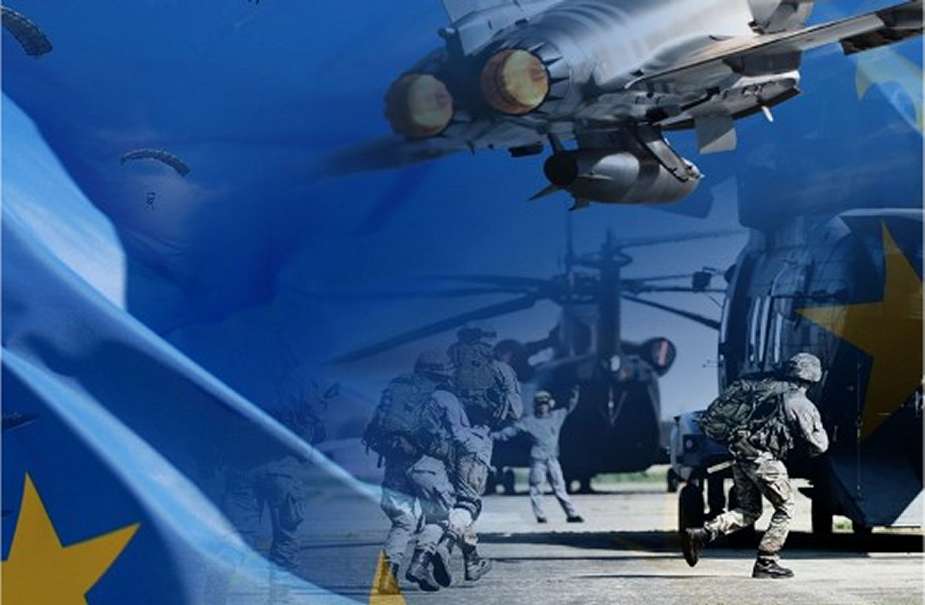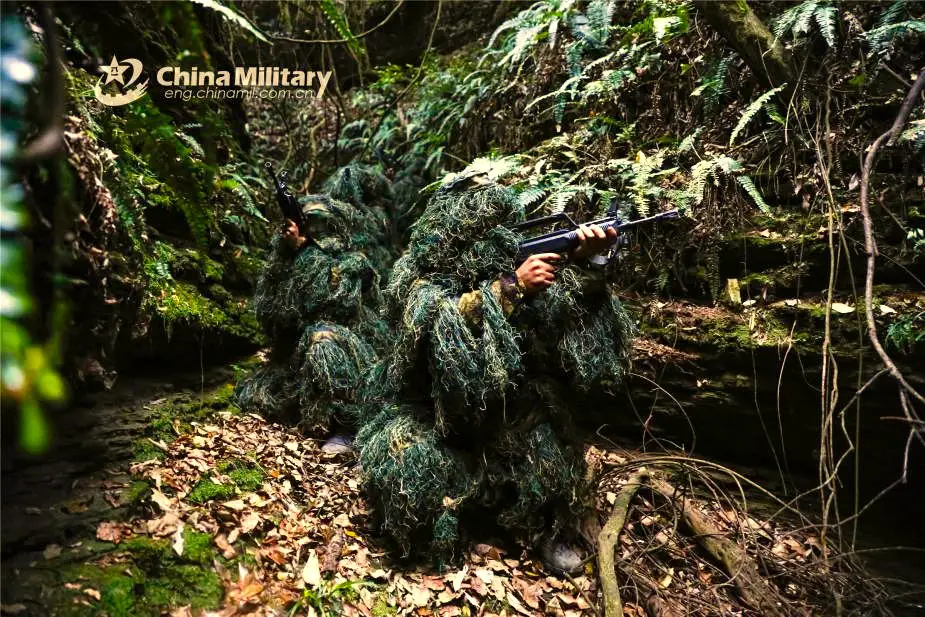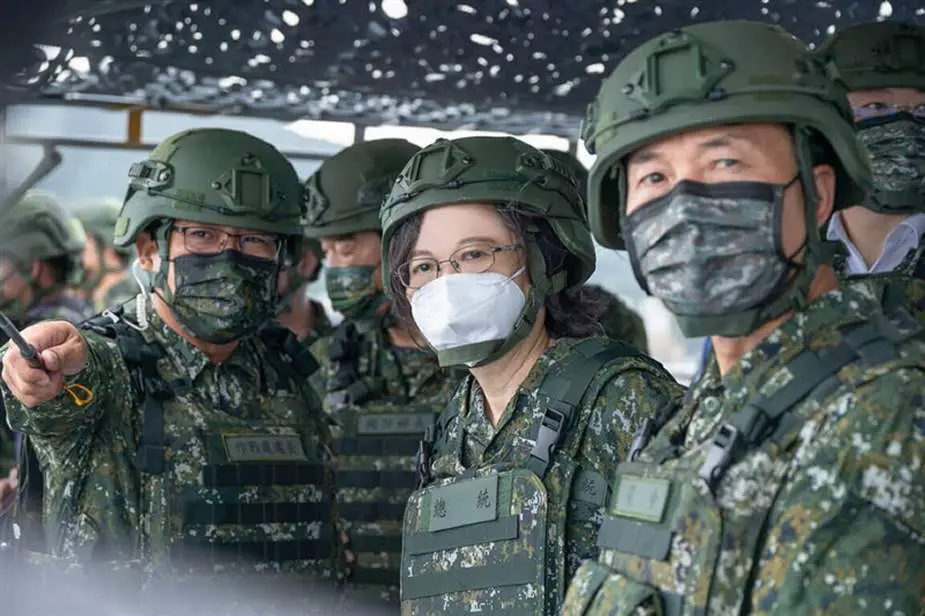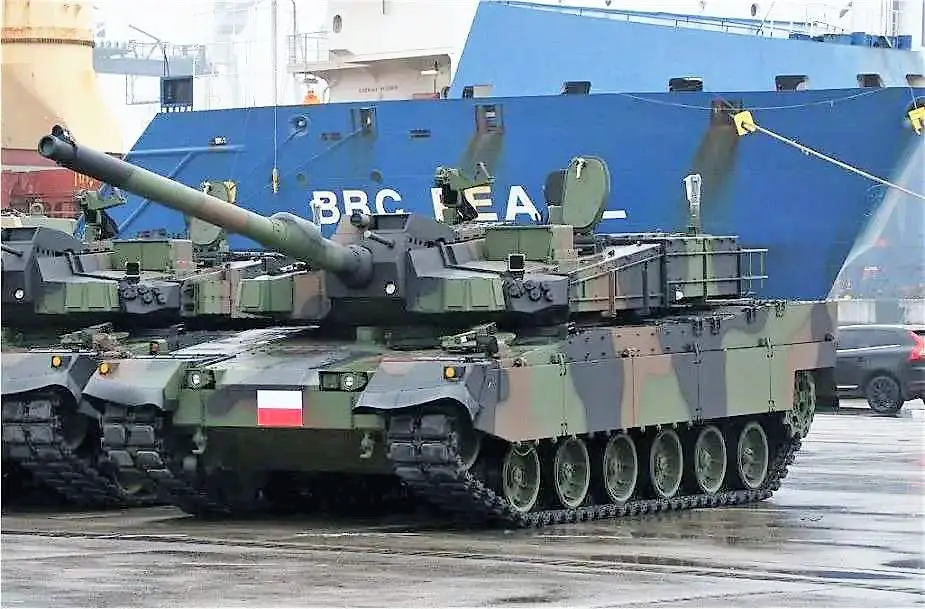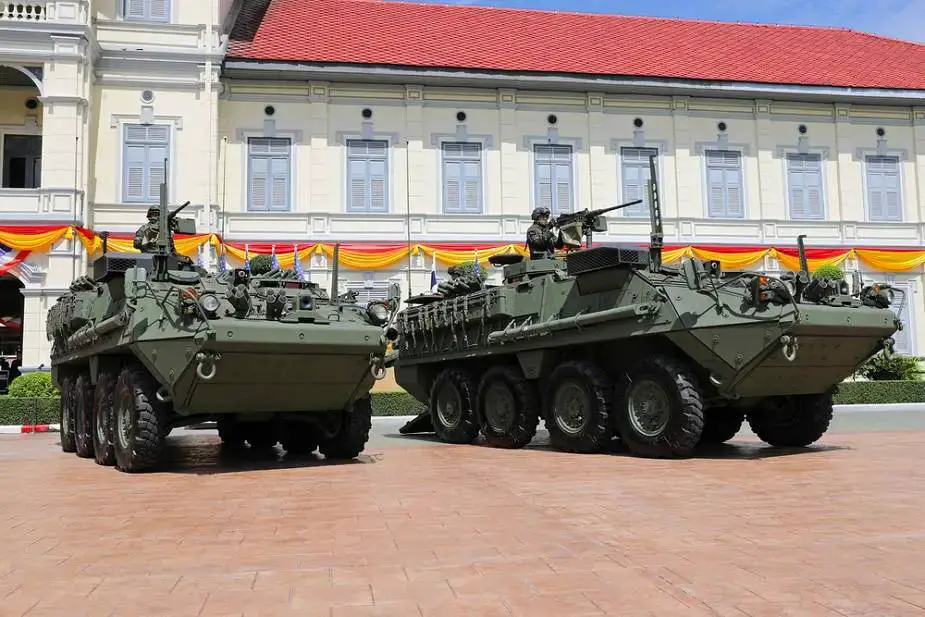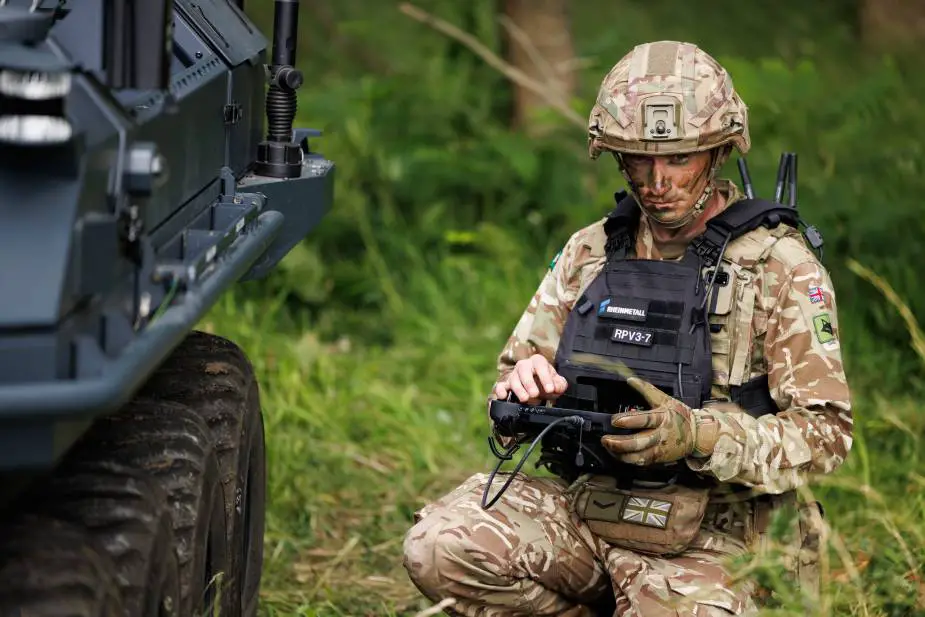- Posted On
According to the spokesperson of the Israel Defense Forces (IDF), Iran fired 170 drones, 110 ballistic missiles, and 30 cruise missiles at Israel on April 13, 2024. Iran launched a significant attack on Israel in retaliation for the bombing of a consulate in Syria by the Jewish state. An IDF spokesperson stated that the barrage of strikes had virtually no effect, as "99% of the drones and missiles" launched by Tehran were intercepted by the Israeli defense system and its American, British, French, and Jordanian allies. In this article, we detail all missiles and drones used by Iran to strike Israeli territory.







